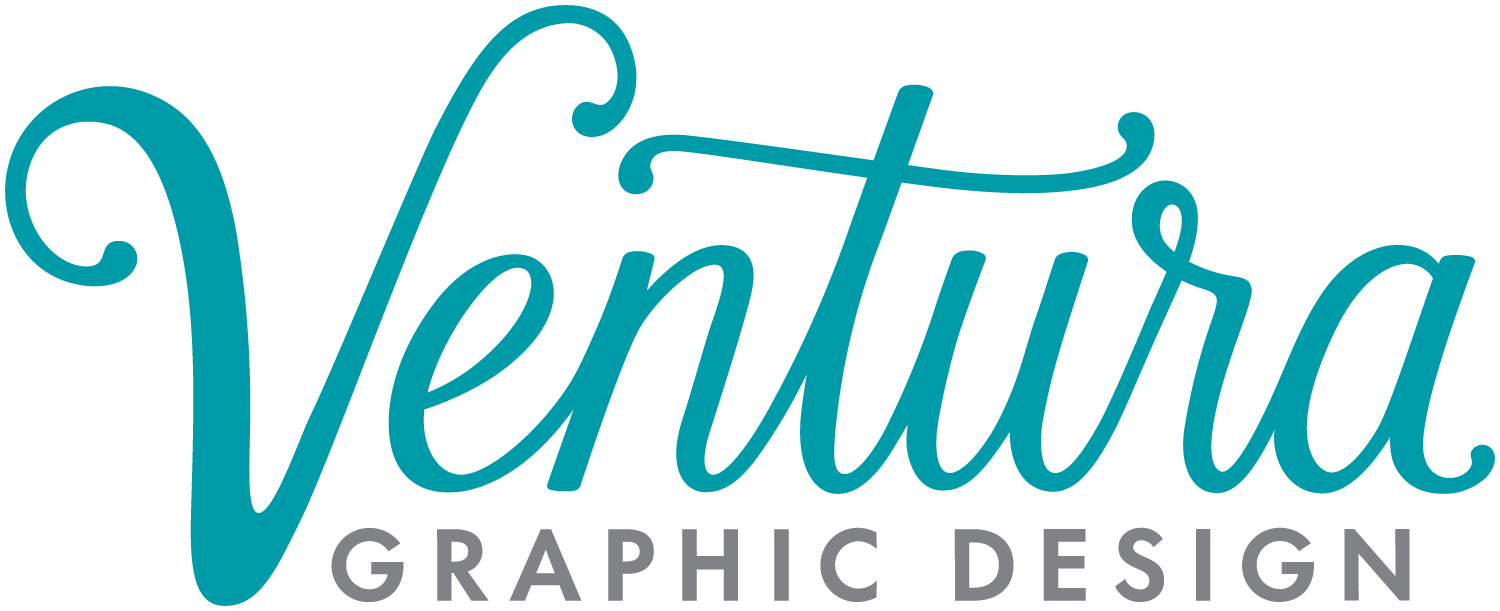Giving constructive feedback to a designer seems simple enough, but the way you communicate can make all the difference between a project that’s a breeze and one that’s more of a headache. Designers love clarity and collaboration, so the more intentional and specific your feedback, the better the final result will be.
Here are some common examples of not-so-great feedback—and how to improve them for a smoother (and less stressful) process.
Example 1: Be Specific About What You Like and Don’t Like
Not-So-Great Feedback:
“We don’t like the graphic on page 2.”
This doesn’t give the designer much to work with. What specifically isn’t working? Is it the style, the layout, the colors, or something else?
Try This Instead:
“For the graphic on page 2, we like the style and layout, but the icons for the three items don’t represent them well enough. Can you take another stab at it?”
Why This Works:
This feedback is specific about what’s working and what isn’t, while still giving the designer room to come up with their own solution.
Example 2: Focus on the Problem, Not the Solution
Not-So-Great Feedback:
“The page is looking too busy. Please move the blue box to the top, change the font size of the green callout, move the picture to the right, and switch all the text to be one column.”
While it’s tempting to play designer yourself, this approach can limit their creativity and might not even solve the real issue. Plus, you’re paying them to design, not to follow a treasure map of your edits.
Try This Instead:
“The page is looking too busy. Can you find a way to make it look less cluttered? Let us know if we need to cut some copy.”
Why This Works:
This feedback identifies the problem (the page feels busy) without prescribing a solution. It also opens the door for collaboration by offering to adjust the content if needed.
Example 3: Be Honest, Even If It’s Hard
Not-So-Great Feedback:
“We love it!” (secretly thinking: this isn’t what I expected at all, and I’m not sure why we’re paying for it.)
Telling a designer what you think they want to hear helps no one. Honesty—delivered respectfully—is the only way to ensure the project meets your expectations.
Try This Instead:
“This really isn’t what we expected. Can we schedule a call to talk over what isn’t working?”
Why This Works:
This feedback is honest without being harsh. It opens the door for constructive dialogue and ensures the designer understands what needs to change. Plus, if a project has gone this far off the tracks, a face-to-face conversation will definitely help!
Additional Tips for Giving Great Feedback
1. Designate a Single Point of Contact
If you’re working with a team, designate one person to communicate with your designer. Combine all edits and feedback into one email or document. This prevents conflicting feedback and ensures nothing falls through the cracks. It also saves your designer from having to play detective with a dozen emails.
2. Don’t Be Afraid to Ask Why
If you’re unsure about a design choice, don’t hesitate to ask why the designer made that decision. Designers make intentional choices based on your goals, audience, and brand. Understanding their reasoning can help you see the design in a new light—or clarify why it might not be working for you.
3. Keep Personal Preferences in Check
You may not like pink, but if your target audience loves it, pink might be the right choice. The same goes for fonts, styles, and other design elements. Good design is about what resonates with your audience, not your personal taste. Remember, it’s not about you—it’s about the people who will actually use or see the design.
Conclusion
Great feedback is clear and collaborative. By focusing on the problem rather than the solution, sticking to specifics, and being honest, you can help your designer deliver their best work—and ensure your project is a success.
Remember, your designer isn’t a mind reader (unfortunately). The better you communicate, the smoother—and more fun—the process will be.



